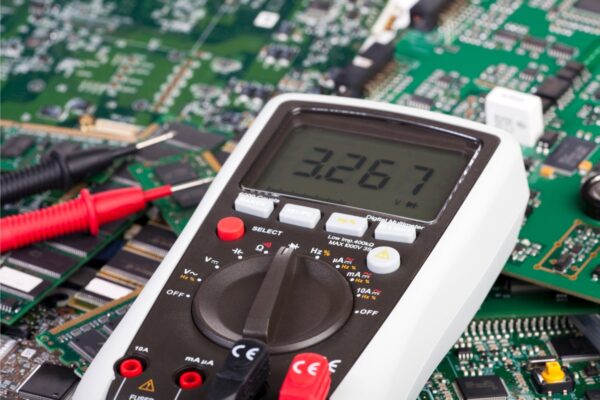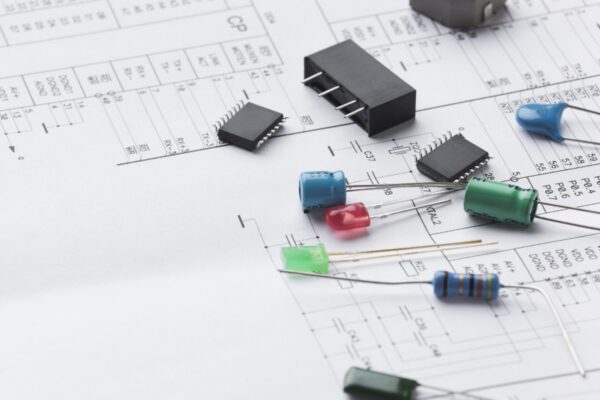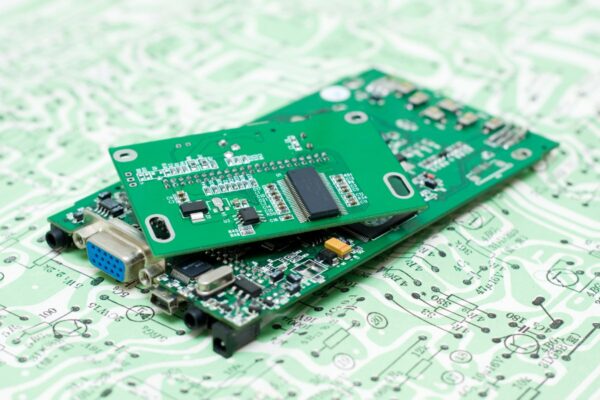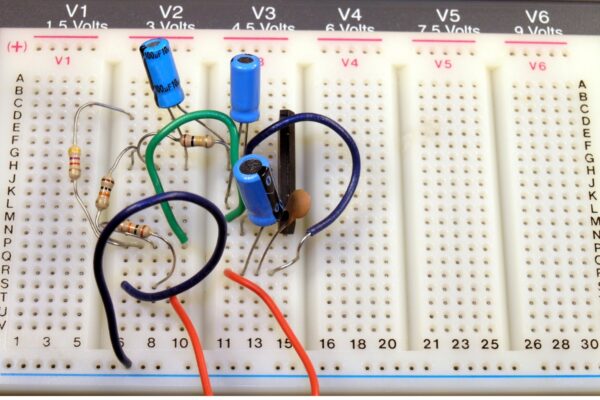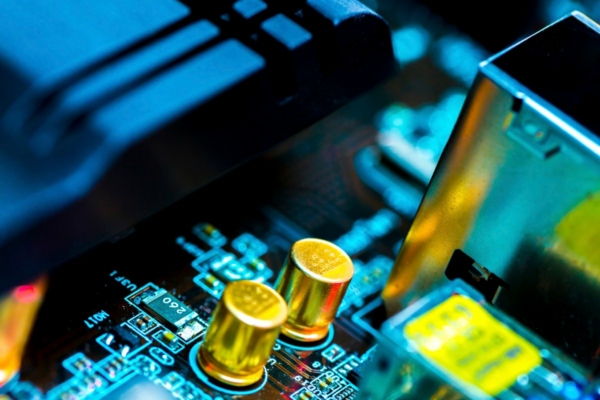What is Bypass Capacitor
A bypass capacitor, also known as a decoupling capacitor, is an electronic component used in circuits to allow AC signals to bypass certain elements, such as resistors or power supply lines. It effectively removes these elements from the signal path, enhancing the performance of the circuit.
In the context of an amplifier circuit, a bypass capacitor is added to bypass the emitter resistor. This allows AC signals to flow through it while blocking DC signals. This configuration increases the AC gain of the amplifier by eliminating the emitter resistor from the output gain equation.
Furthermore, a bypass capacitor reduces power supply noise. When connected between the power supply voltage (Vcc) and ground (GND) pins, it acts as a short circuit for AC signals, enabling them to bypass the power supply noise and minimizing voltage spikes on the supply lines. This ensures a cleaner and more stable DC signal.
Frequently Asked Questions
What Is the Purpose of a Bypass Capacitor
Bypass capacitors serve the purpose of keeping the power supply impedance low at the point of load. The presence of parasitic resistance and inductance in supply lines can result in a relatively high power supply impedance. This becomes especially problematic as the frequency increases.
What Will Happen if the Bypass Capacitor Is Removed
If the bypass capacitor is eliminated, it will result in a significant deterioration in the amplifier circuit, leading to a reduction in voltage gain. Consequently, the primary function of the emitter capacitor is to prevent any decrease in voltage gain.
Where Do You Put a Bypass Capacitor
Because it is important to minimize parasitic inductance, it is advisable to place the bypass capacitors on the same side of the board as the switching regulator. However, in certain cases, it may be necessary to decouple using a bypass capacitor on the underside of the board.
What Is the Difference Between Bypass and Coupling Capacitors
Coupling capacitors, also known as dc blocking capacitors, are utilized to separate ac and dc signals in order to prevent any disruption to the circuit’s quiescent point when ac signals are introduced at the input. On the other hand, bypass capacitors are employed to redirect signal currents around components by offering a low impedance pathway at the specific frequency.
Does Capacitor Bypass AC or DC
This usage is referred to as a coupling capacitor. A bypass capacitor is utilized to redirect (bypass) noise and other AC components to the ground. It is positioned between the power and ground in the diagram below. Its purpose is to bypass any noise that may be present on the DC power source and provide a steady voltage to the transistor.
What Is a Good Value for Bypass Capacitor
Bypass capacitor sizing is typically determined based on the capacitance value. For handling lower and higher value frequencies, commonly used values include 1μF and 0.1μF, respectively.
Do Op Amps Need Bypass Capacitors
A necessary component for op amps is a bypass capacitor placed near the supply voltage pins. A recommended option is a 100nF / 50V / X7R / 0805 capacitor.
Why Should Bypass Capacitors Be Placed as Close to the Bypassed Circuit
A bypass capacitor should be positioned in close proximity to the power supply pin of every chip. This is crucial because any additional distance results in increased series inductance, which in turn reduces the self-resonant frequency (useful bandwidth) of the bypass capacitor.
